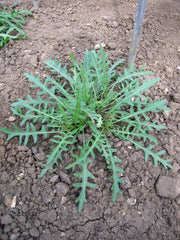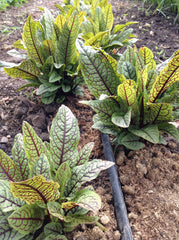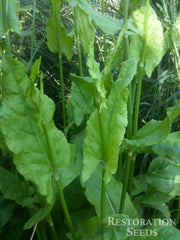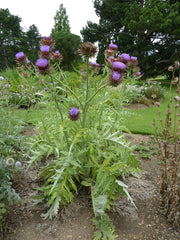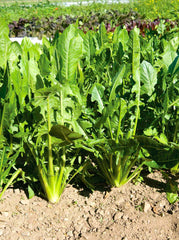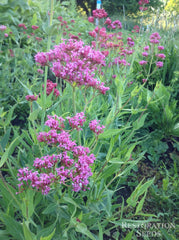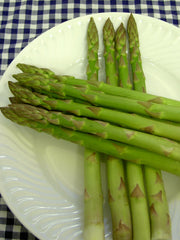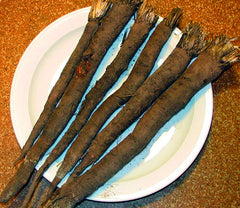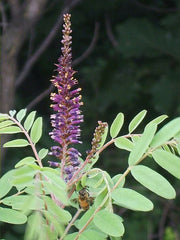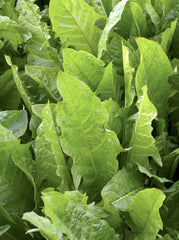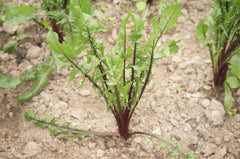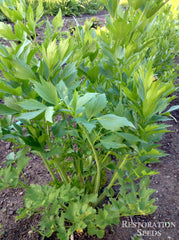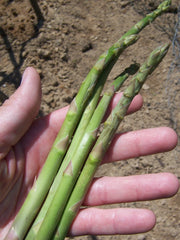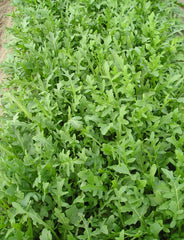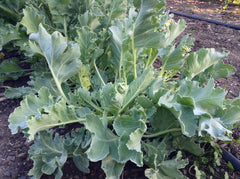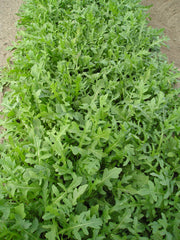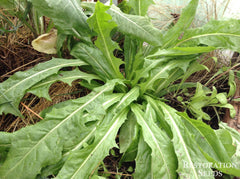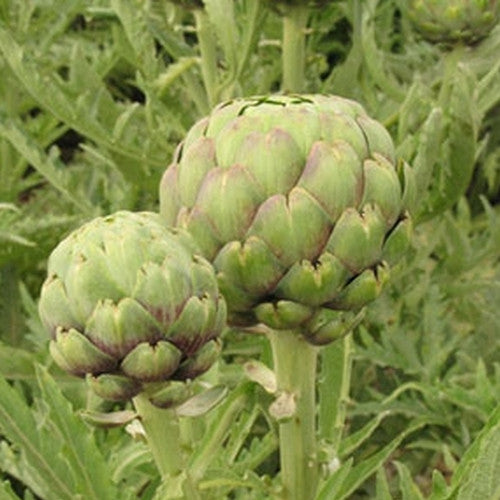Tavor artichoke
Cynara cardunculusDays from maturity calculated from the date of seeding. Average 540 seeds per ounce. Federal germination standard: 60%. Usual seed life: 7 years.
Planting Depth 1/4”
Soil Temp. Germ. 65-75˚F
Days to Germ. 10-20
Plant Spacing 2-3’
Row Spacing 4-5’
Days To Maturity 1 year
Full Sun, Moist Well Drained
- 15 Seeds$5.00
Globe artichoke is a perennial thistle of the sunflower family eaten for the soft choke before the flower starts to open, steamed. Originating from southern Europe and the Canary Islands in north Africa. The naturally occurring variant of the artichoke, the cardoon (Cynara cardunculus), has records of use as a food among the ancient Greeks and Romans. The blossom of the thistle, improved by the Arabs, passed from Naples to Florence in 1466, carried by Filippo Strozzi. Towards 1480 artichoke was noticed in Venice, as a curiosity. But very soon veers towards the northwest. Artichoke beds are mentioned in Avignon, France by the notaries from 1532 onward. It was brought to California in the 1920s by Italian farmers.
Artichoke fields are maintained in perennial culture for five to ten years. Each cropping cycle is initiated by "cutting back" the tops of the plants several inches below the soil surface to stimulate development of new shoots. The operation called "stumping," is timed to regulate the new harvest season. Among the highest antioxidant levels for vegetables. Today most artichokes grown worldwide are cultivated in France, Italy, and Spain, while California provides nearly 100 percent of the United States crop. Delicious artichoke recipes
